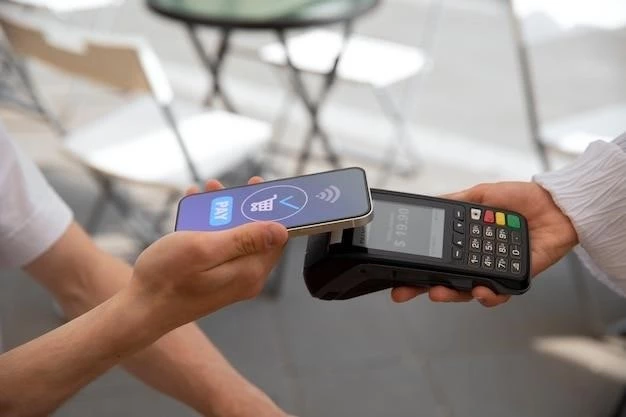The Evolution of Payment Systems: From Cash to Digital
The way we pay for goods and services has undergone a remarkable transformation over the centuries. From the barter system to the advent of digital currencies, the evolution of payment systems reflects the progress of human civilization and the increasing sophistication of technology. This article delves into the historical journey of payment systems, exploring the key milestones and innovations that have shaped the way we transact today.
Early Forms of Payment
Before the advent of money, societies relied on barter systems where goods and services were exchanged directly. This system was inefficient and limited by the need for a double coincidence of wants. The invention of coins, first in Lydia around the 7th century BC, marked a pivotal shift. Coins provided a standardized medium of exchange, facilitating trade and commerce.
Paper money, introduced in China during the Tang Dynasty, further revolutionized payment systems. Paper currency was more portable and convenient than coins, leading to greater economic activity. The development of banking systems in the Middle Ages facilitated the transfer of funds and the emergence of credit instruments like promissory notes.

The Rise of Electronic Payment Systems
The 20th century witnessed a dramatic shift towards electronic payment systems. The invention of the credit card in the 1950s revolutionized consumer spending, enabling individuals to make purchases without carrying large amounts of cash. The introduction of Automated Teller Machines (ATMs) in the 1960s provided convenient access to cash outside of banking hours.
The advent of the internet in the 1990s ushered in a new era of online commerce. Electronic funds transfer (EFT) systems, such as online banking and mobile payments, allowed individuals to make payments remotely and securely. The rise of e-commerce platforms like Amazon and eBay further fueled the growth of digital payment methods.

The Digital Revolution and Beyond
The 21st century has witnessed the emergence of innovative digital payment technologies. Mobile payment platforms like Apple Pay and Google Pay have become ubiquitous٫ enabling quick and secure transactions using smartphones. The adoption of contactless payments٫ where transactions are made by tapping a card or device on a terminal٫ has further streamlined the payment process.
The advent of cryptocurrencies, such as Bitcoin, has introduced a decentralized and secure alternative to traditional payment systems. While still in its early stages, blockchain technology holds immense potential to revolutionize the financial landscape by enabling faster and more efficient transactions.
The Future of Payment Systems
The future of payment systems is likely to be shaped by advancements in artificial intelligence, blockchain technology, and biometrics. AI-powered payment systems will offer personalized experiences, fraud detection, and predictive analytics. Blockchain will enhance security, transparency, and efficiency in financial transactions. Biometric authentication, using fingerprints, facial recognition, or iris scans, will further enhance security and convenience.
Conclusion
The evolution of payment systems has been a journey of innovation and progress. From the barter system to digital currencies, each stage has brought greater convenience, efficiency, and security to the world of commerce. As technology continues to advance, we can expect even more revolutionary payment systems in the years to come, transforming the way we transact and shaping the future of the global economy.










